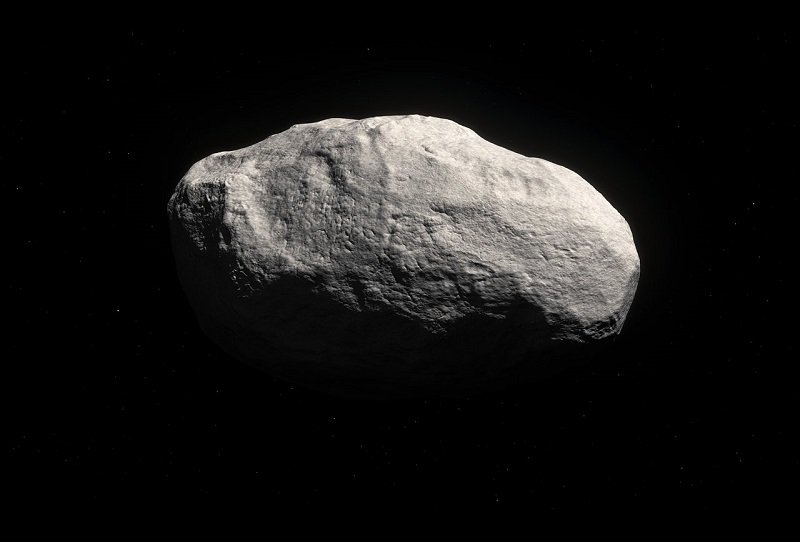
© ESO/M. Kornmesser Artist's impression of the unique object C/2014 S3 (PANSTARRS). Observations with ESO's Very Large Telescope, and the Canada France Hawai`i Telescope, show that this is the first object to be discovered that is on a long-period cometary orbit, but that has the characteristics of a pristine inner Solar System asteroid. It may provide important clues about how the Solar System formed.Because the object has spent most of its life away from the inner Solar System it suffered very few collisions, and its surface displays few or no craters. As it formed in the same region as the Earth did, it is mostly rocky, and therefore has only very limited cometary activity.
In a paper to be published today in the journal
Science Advances, lead author Karen Meech of the University of Hawai'i's Institute for Astronomy and her colleagues conclude that C/2014 S3 (PANSTARRS) formed in the inner Solar System at the same time as the Earth itself, but was ejected at a very early stage.
Their observations indicate that it is an ancient rocky body, rather than a contemporary asteroid that strayed out. As such, it is one of the potential building blocks of the rocky planets, such as the Earth, that was expelled from the inner Solar System and preserved in the deep freeze of the Oort Cloud for billions of years.
Karen Meech explains the unexpected observation: "We already knew of many asteroids, but they have all been baked by billions of years near the Sun. This one is the first uncooked asteroid we could observe: it has been preserved in the best freezer there is."
C/2014 S3 (PANSTARRS) was originally identified by the
Pan-STARRS1 telescope as a weakly active comet a little over twice as far from the Sun as the Earth. Its current long orbital period (around 860 years) suggests that its
source is in the Oort Cloud, and it was nudged comparatively recently into an orbit that brings it closer to the Sun.
